Artesian well pump selection
novice_grower
17 years ago
Related Stories

MOST POPULAR11 Ways to Refill Your Creative Well
Stuck for new ideas and inspiration? These suggestions will get the wheels turning again
Full Story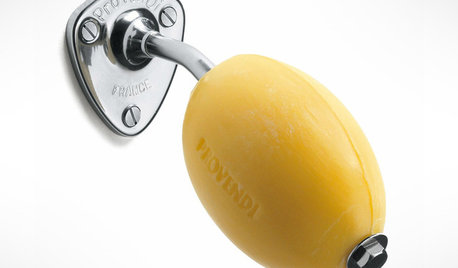
BATHROOM VANITIESBetter Places to Stash That Soap
Banish gloppy bars and flimsy pumps, and the only things you’ll need to clean are your hands
Full Story
TREESHow to Buy Healthy Trees and Shrubs
A healthy young plant with a strong form is more likely to do well in your yard. Here’s what to look for at the nursery
Full Story
DECORATING GUIDESHow to Use Mirrors for More Light and Style
A well-placed mirror gives a room sparkle, surprise and a bright, open feeling. Here are 15 clever ideas to try in your own house
Full Story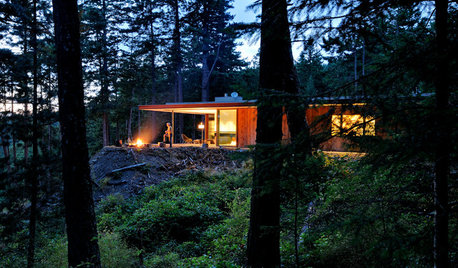
HOUZZ TOURSHouzz Tour: Just What Mom Wanted, Off the Washington Coast
With an art studio, age-in-place features and a view-maximizing design, this home shows just how well the architect knows his client
Full Story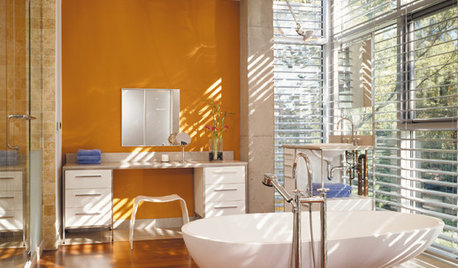
COLORBathed in Color: When to Use Bold Orange in the Bath
Orange you glad this warm and happy color can energize the place where you start your day?
Full Story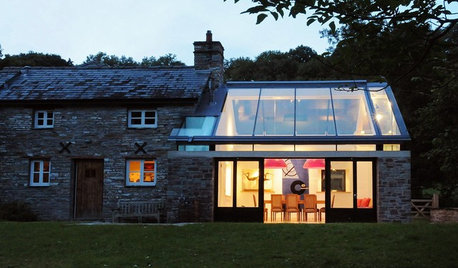
BUDGETING YOUR PROJECTDesign Workshop: Is a Phased Construction Project Right for You?
Breaking up your remodel or custom home project has benefits and disadvantages. See if it’s right for you
Full Story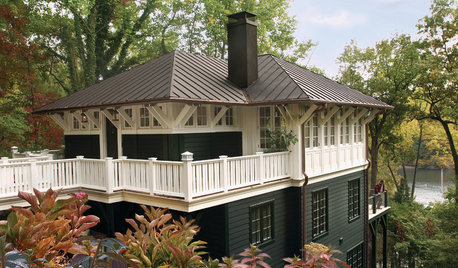
HOUZZ QUIZHouzz Quiz: What Color Should You Paint Your House?
Is white right? Maybe dark blue-gray? Take our quiz to find out which color is best for you and your home
Full Story
COLORHave You Heard the Hues? 15 Colors You May Not Know About
Name-drop these shades at holiday parties — or better, try one on your walls — and expand your palette possibilities
Full Story
FLOORSFloors Warm Up to Radiant Heat
Toasty toes and money saved are just two benefits of radiant heat under your concrete, wood or tile floors
Full Story







mchristensen
novice_growerOriginal Author
Related Professionals
Peabody Landscape Contractors · Brownsville Landscape Contractors · Burlington Landscape Contractors · Camp Verde Landscape Contractors · Damascus Landscape Contractors · Fairview Landscape Contractors · Flagstaff Landscape Contractors · Fort Wayne Landscape Contractors · Mastic Beach Landscape Contractors · Maywood Landscape Contractors · North Highlands Landscape Contractors · Santa Maria Landscape Contractors · Lomita Solar Energy Systems · Waltham Solar Energy Systems · Franklin Solar Energy Systemsmchristensen
novice_growerOriginal Author
mchristensen
novice_growerOriginal Author
novice_growerOriginal Author
mchristensen
carlamcphrsn494_gmail_com